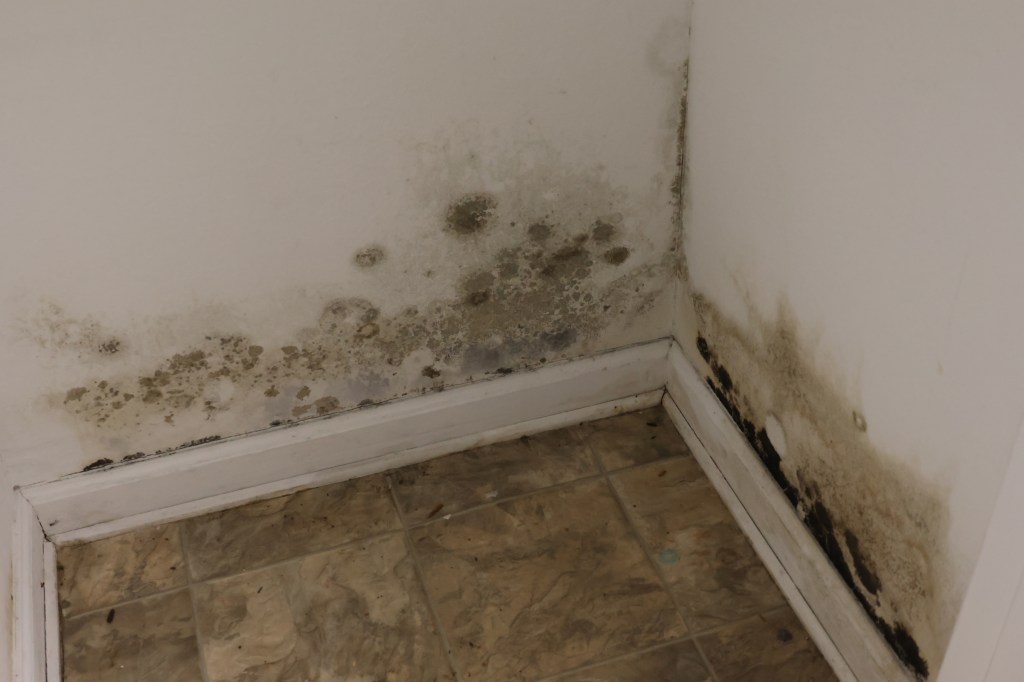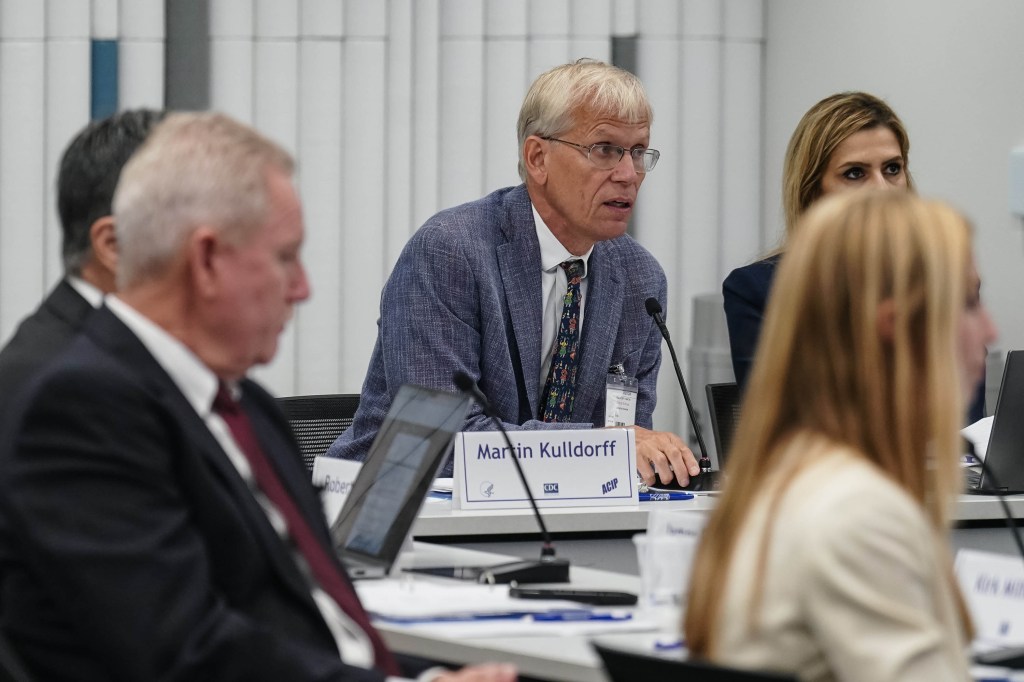Danae Daniels returned to Tallahassee, eager to begin a new semester at Florida A&M. The excitement quickly dissolved into shock. Opening the door to her off-campus apartment, she was hit by a sickening smell – and a horrifying sight. Mold coated her bedroom, her bed, even her expensive purse. It was everywhere.
Her apartment hadn’t been neglected; it was a casualty of a summer of relentless storms. The summer of 2024 unleashed billions of dollars in damage across the Tallahassee area, displacing families and crippling businesses. But the devastation didn’t end with broken buildings.
As the floodwaters receded, a silent, insidious threat took root: mold. Experts warn that if a home remains wet for even 24 to 48 hours, mold growth is almost inevitable. The aftermath of major storms consistently brings a surge in respiratory illnesses, particularly in flooded homes.
The problem is far more widespread than many realize. Nearly half of all homes in the United States – 47% – contain some level of mold or dampness. With almost 95 million people living in flood-prone coastal counties, the potential for exposure is immense, and growing.
Mold’s danger lies in its invisibility. It can thrive undetected for months, even years, silently impacting health. Lauren Lowenstein of Houston experienced this firsthand. For five years, her family’s health steadily declined, the cause remaining a mystery.
An Environmental Relative Moldiness Index test revealed the source: toxic mold growing within the walls, fueled by condensation in the HVAC system. The family was forced to abandon their home and start over, unaware of the danger lurking within their walls.
Even when discovered, remediation is a significant financial burden. Costs typically range from $1,223 to $3,751, but can easily exceed $30,000 in severe cases. Insurance may cover some expenses, but often leaves homeowners with substantial out-of-pocket costs.
Danae Daniels faced this reality, forced into a hotel for a month while her apartment was renovated and left to replace all her belongings. For many, especially those with limited resources, the cost of remediation is simply insurmountable.
The wait for government assistance can be agonizingly slow. Reverend Mac Legerton, founder of a disaster relief school in North Carolina, describes a system where families are often forced to choose between unsafe living conditions and homelessness. A recent review found that disaster recovery funds often aren’t distributed for 20 months – or even longer.
Legerton’s organization runs a “mold busters” program, providing training and free remediation services to vulnerable communities. It was born out of frustration with the lack of timely aid in his region, a desperate attempt to empower people to protect themselves.
Tanya Locklear of Pembroke, North Carolina, knows this struggle well. Her home was ravaged by Hurricanes Matthew and Florence, becoming contaminated with mold. She applied for assistance in August 2021, but wasn’t approved until November 2023. Repairs finally began in February 2024 – over two years later.
The delays took a severe toll on her family’s health. While waiting for aid, they continued to live in the hazardous conditions, suffering from headaches, nosebleeds, and breathing difficulties. Even now, Locklear battles ongoing respiratory issues, a lasting consequence of prolonged exposure.
Experts agree that streamlining disaster relief programs and increasing funding for mold remediation are critical. Stronger building codes and flood-resistant designs are also essential to mitigate the risk in disaster-prone areas. Without proactive measures, the problem will only worsen.
As climate change intensifies, bringing more frequent and destructive storms, the threat of mold-related illnesses will continue to grow. Millions more will be vulnerable to prolonged exposure to unhealthy living conditions, unless decisive action is taken now.






